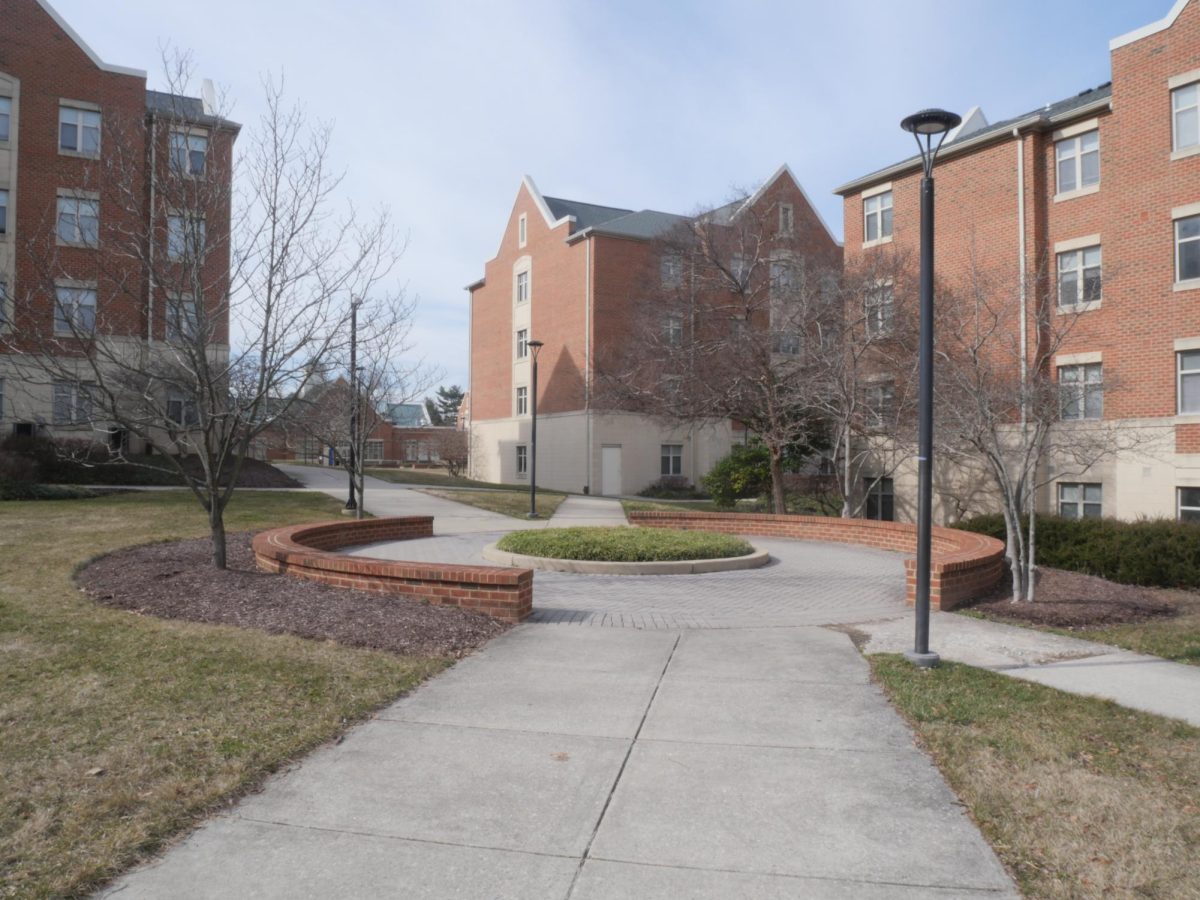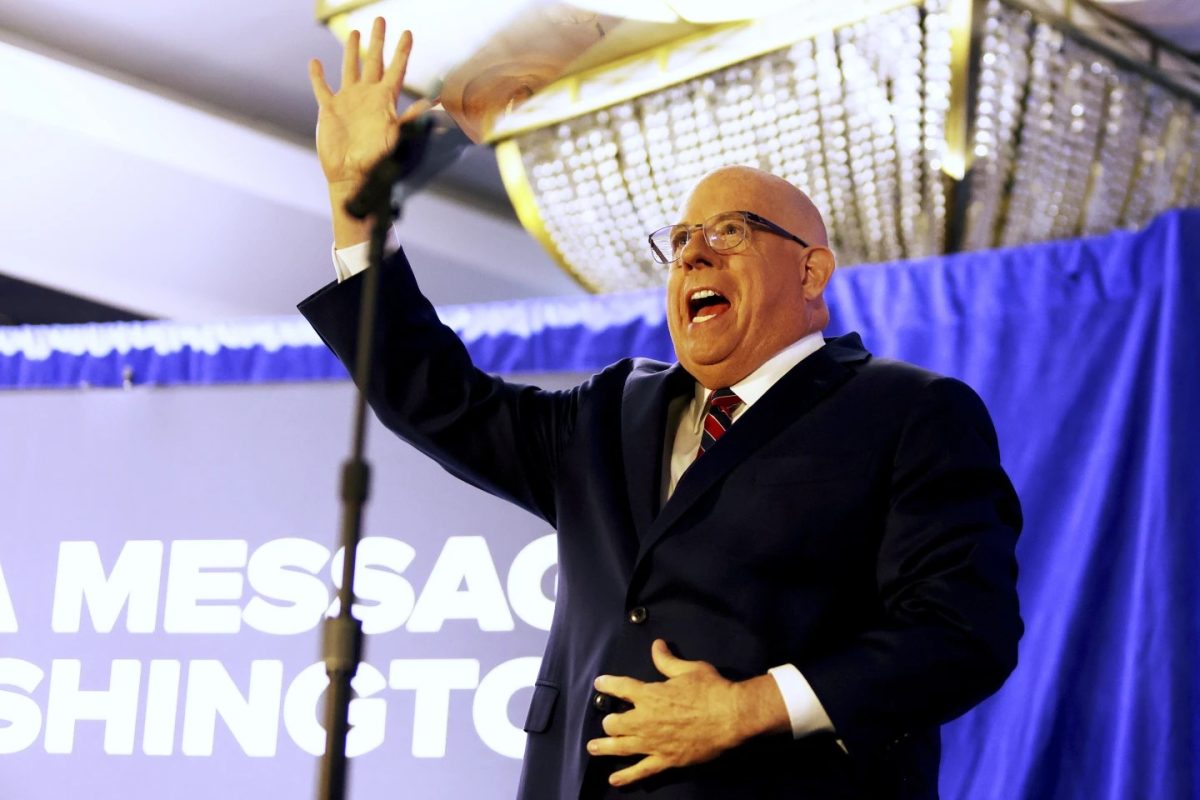If Harlem’s Cotton Club was in Maryland, it might not re-open if it wasn’t covered under Maryland’s 2010 African American Preservation Program, which is set to expire May 31.
State senators are proposing a bill to re-establish the program to restore and maintain sites that are important to African American heritage in Maryland. It has to be cleared by a committee before being voted on by the senate and sent to the House of Delegates.
Democratic Sen. Nathaniel McFadden, chief sponsor of SB 601, said it is important to lift the sunset provision of the legislation by renewing the law that created the current trust fund before it expires.
“We want that lifted because for the rest of state history, money will be available to preserve African American history,” McFadden said.
Under SB 601, which was introduced on Feb. 6, the governor would spend $1 million to improve, maintain or construct sites of historical value. Also, the Maryland Historical Trust would establish an African American Historical Program grant fund that would award grants to certain programs.
The importance of African American sites cannot be brushed-off, historian Louis Diggs said. “With African Americans leaving their communities, it’s a need for this program because of the lack of funding coming from African Americans,” said Diggs.
The bill would establish a separate fund in the state budget. If the bill is approved by the legislature, the state treasurer and comptroller would manage the fund.
The fund was created in 2010 and authorized for five years to identify and restore black historical sites. The program has covered iconic sites such as the Harriet Tubman National Monument, Abraham Hall and Read’s Drugstore.
The Tubman monument and state park commemorated the leader of the Underground Railroad as a worldwide hero. Abraham Hall is a lodge built in 1889, in historical Rossville in Prince George’s County. Read’s Drugstore in downtown Baltimore was the site where seven Morgan State College students staged a sit-in against government-sanctioned segregation, which predates the 1960 Greensboro sit-in by five years.
McFadden suggested a need to focus on iconic African American sites so that young people won’t miss the importance of places like the birthplace of Thurgood Marshall and the site of Frank Conaway’s house — where campaign signs are still visible.






